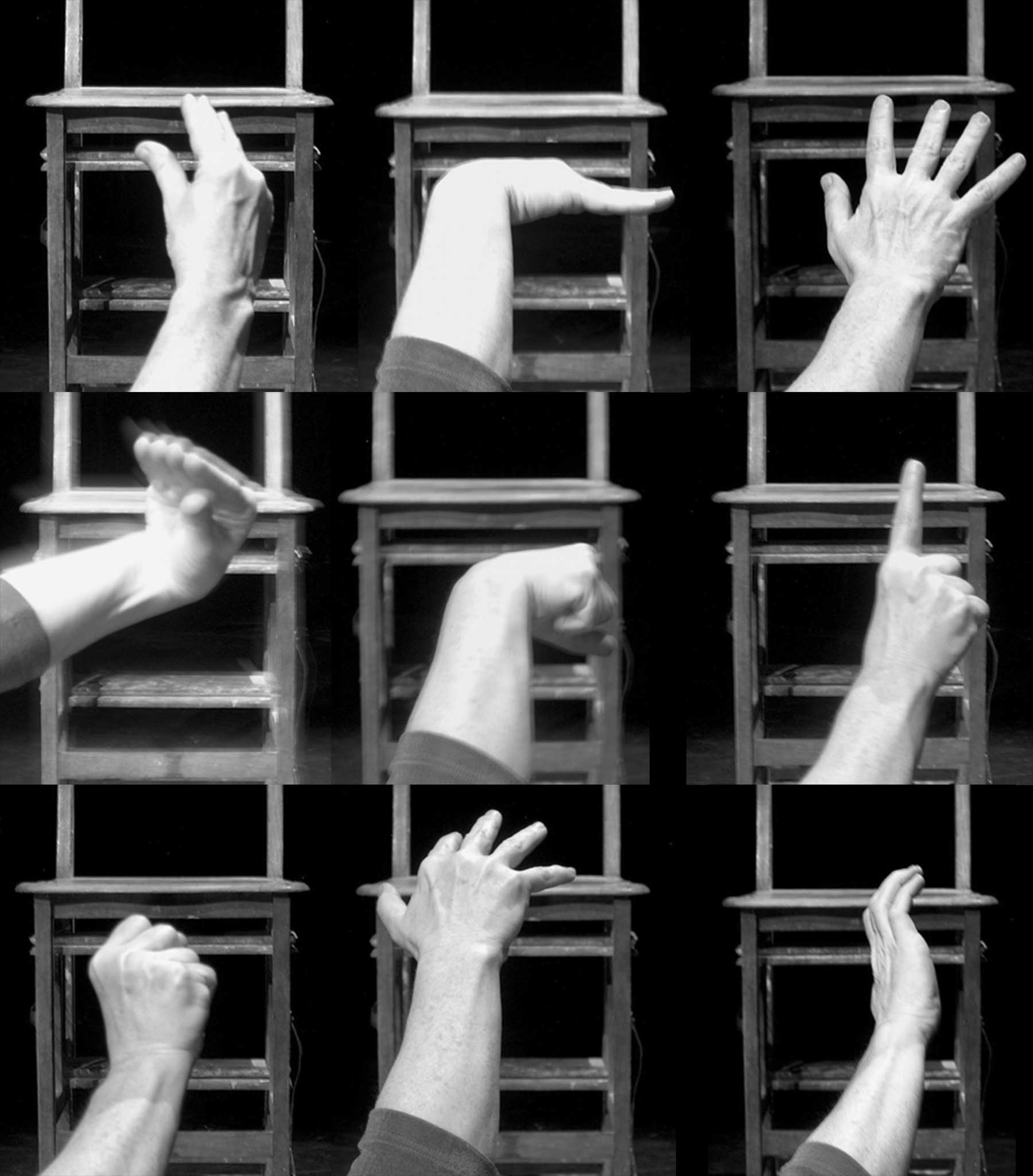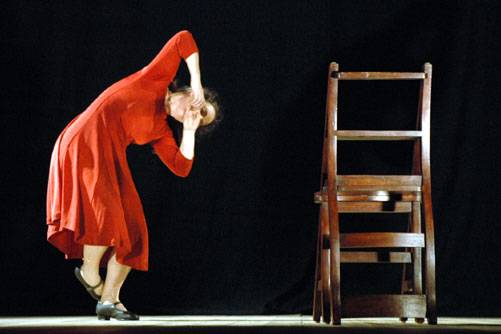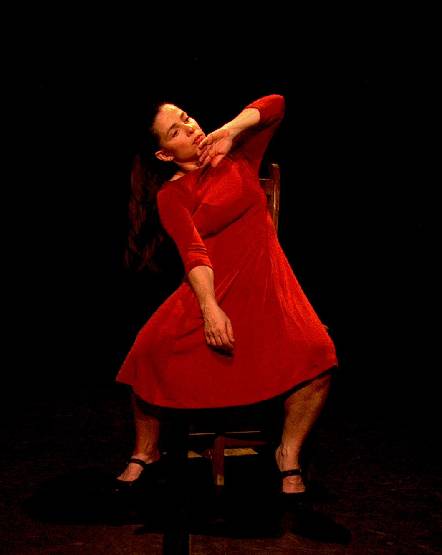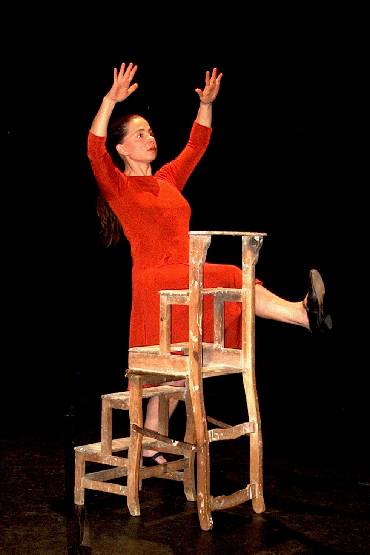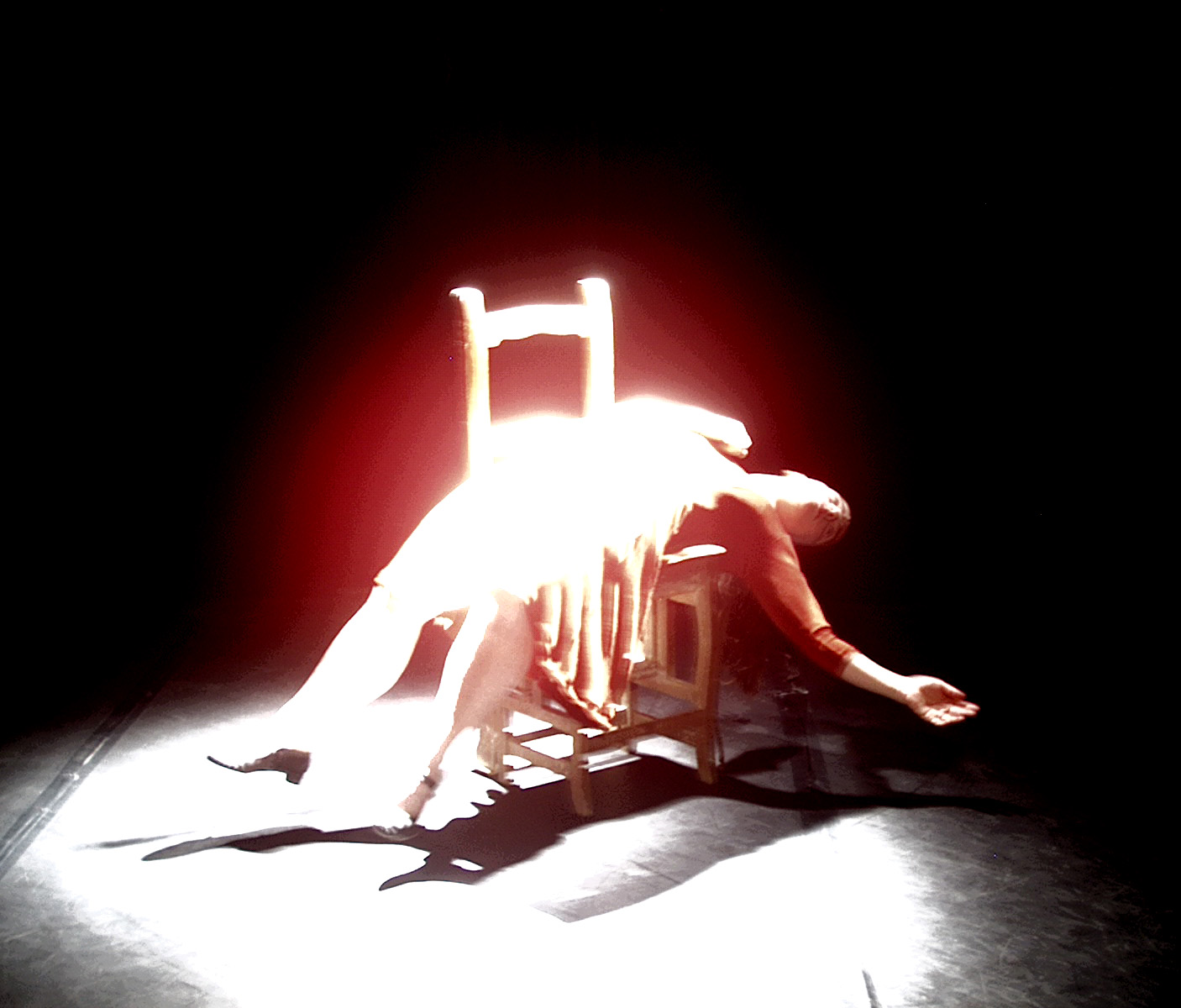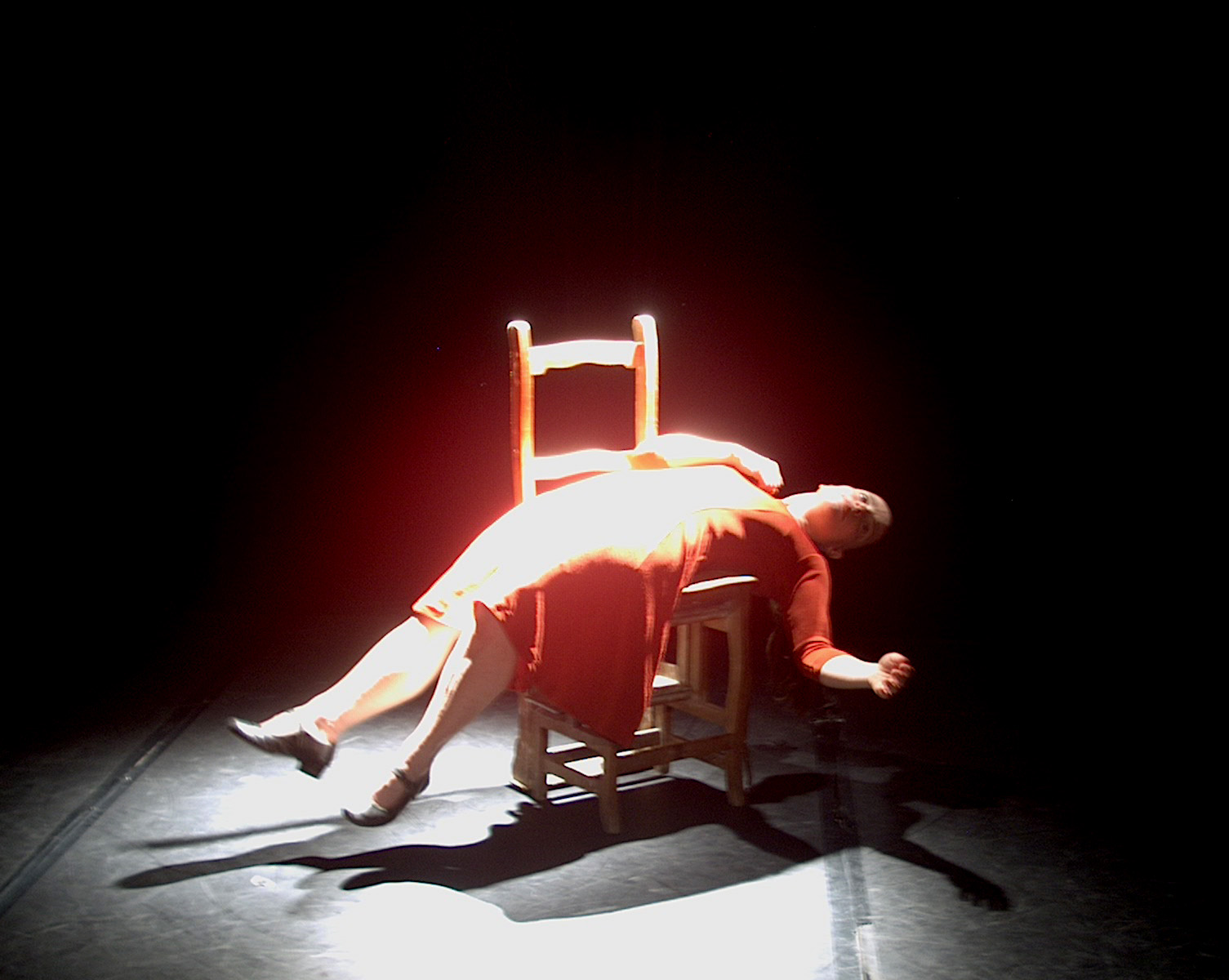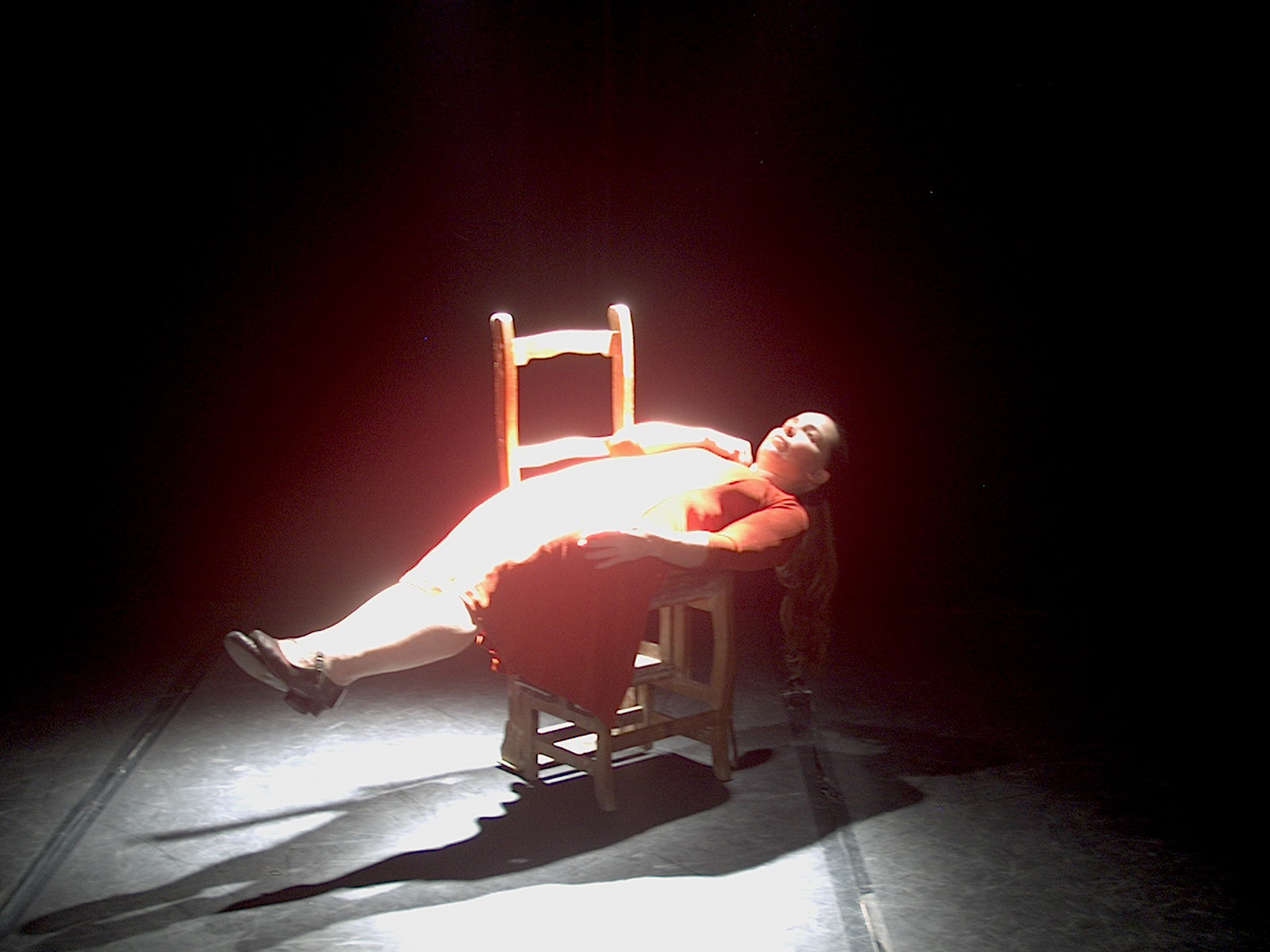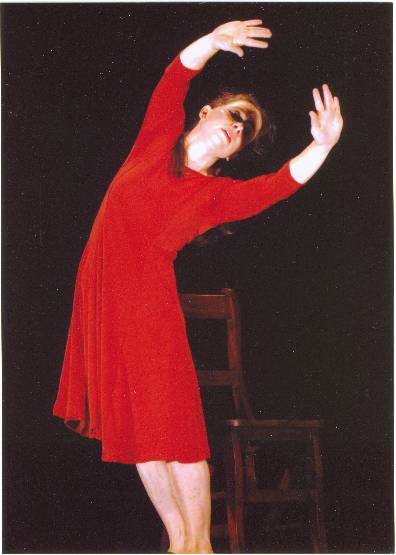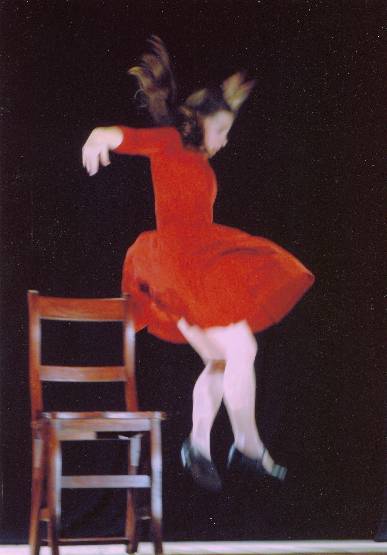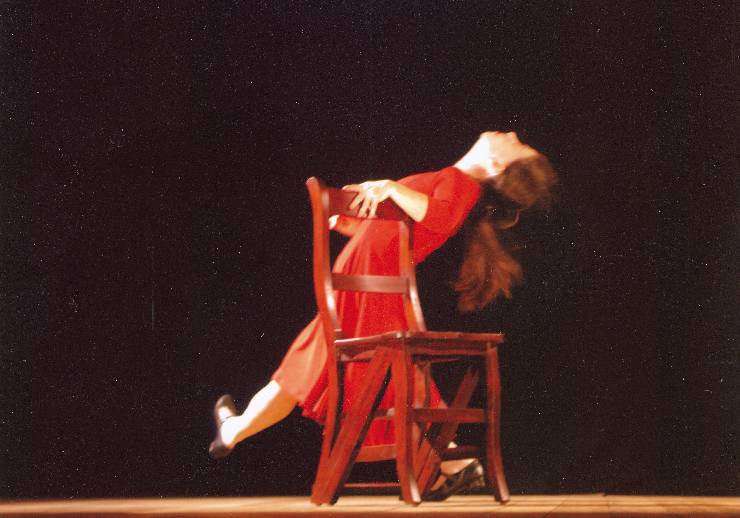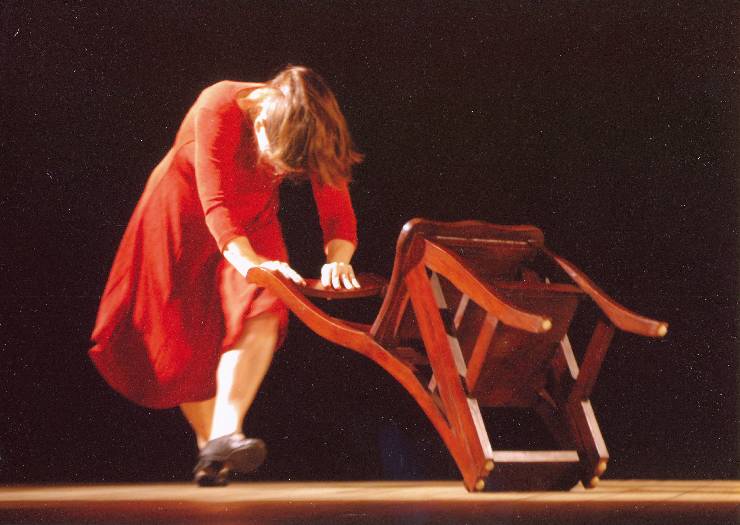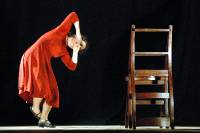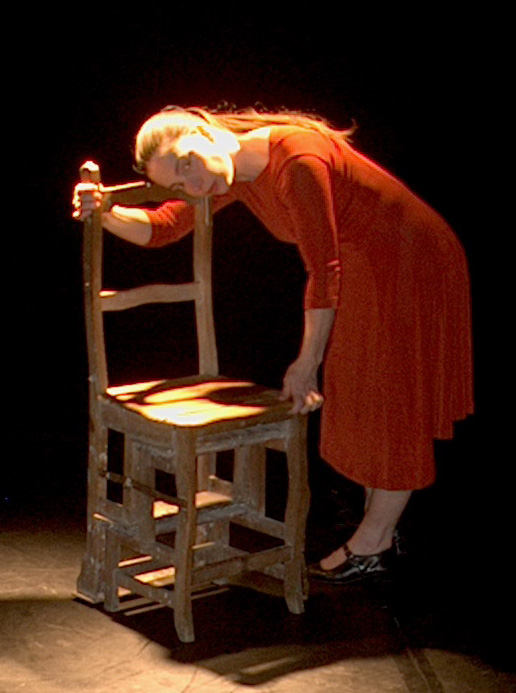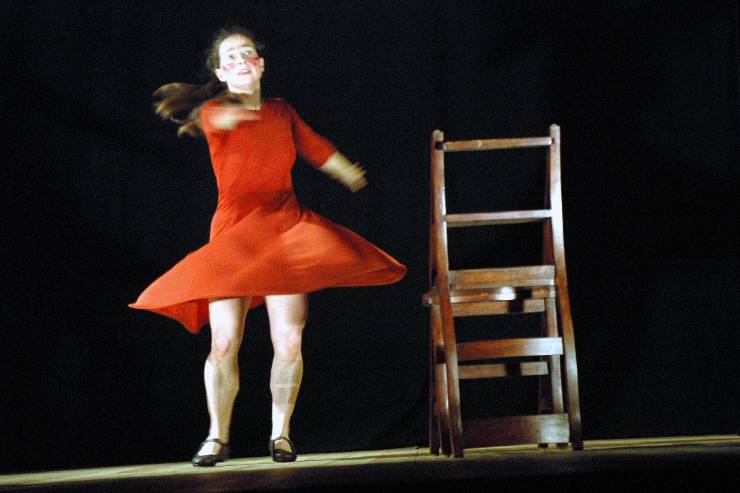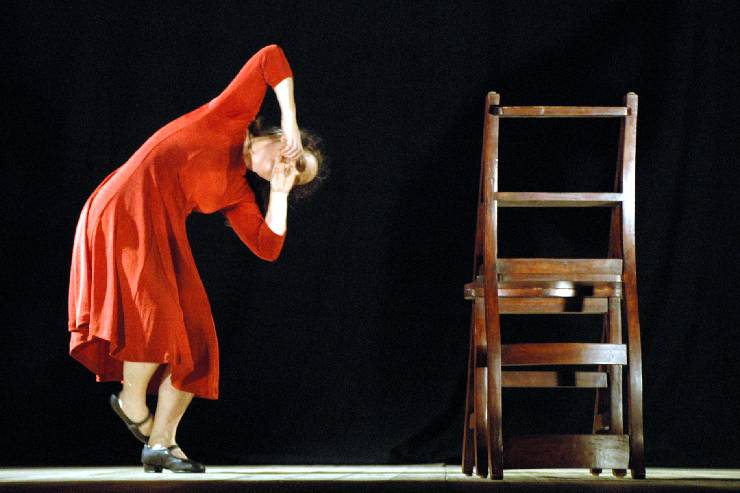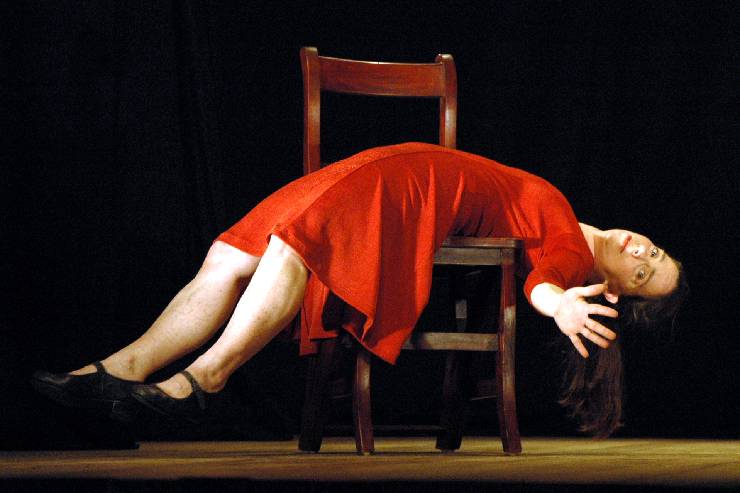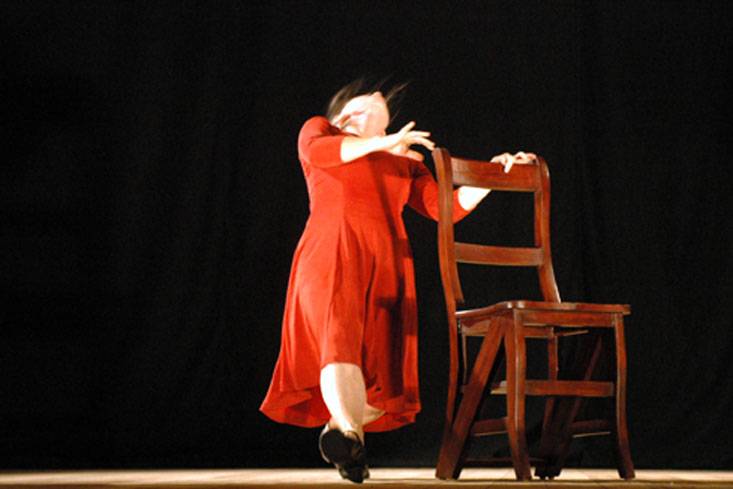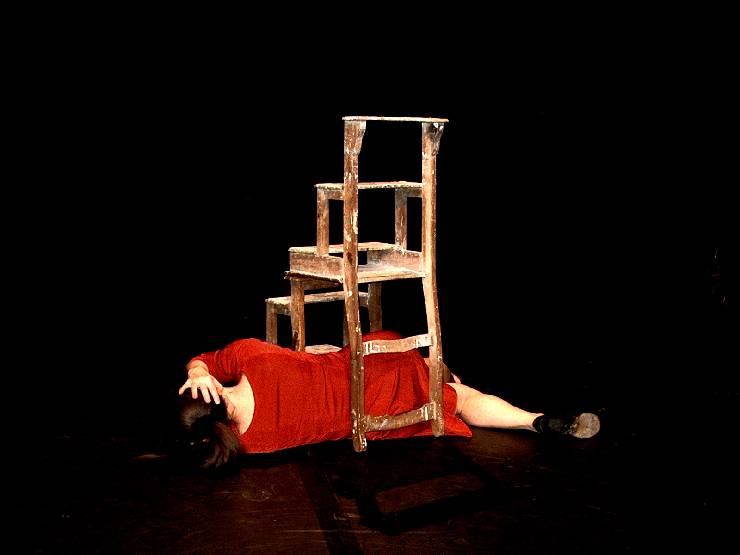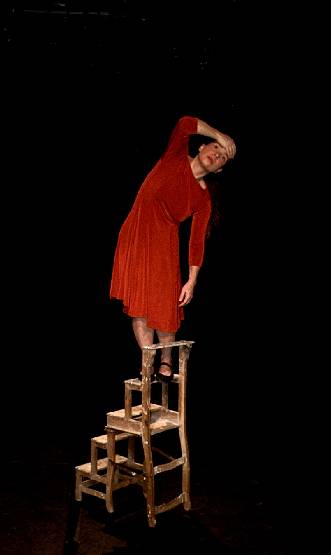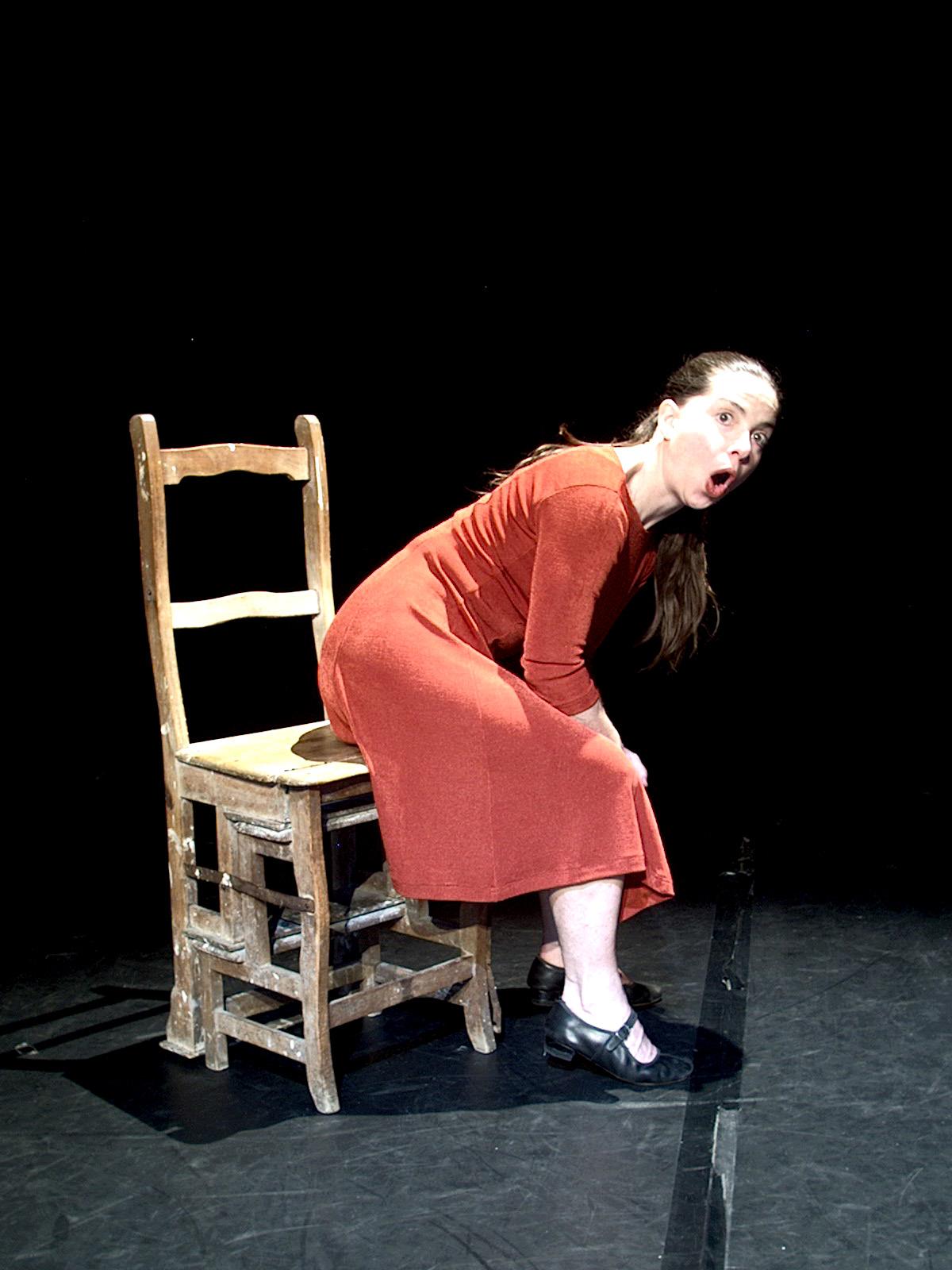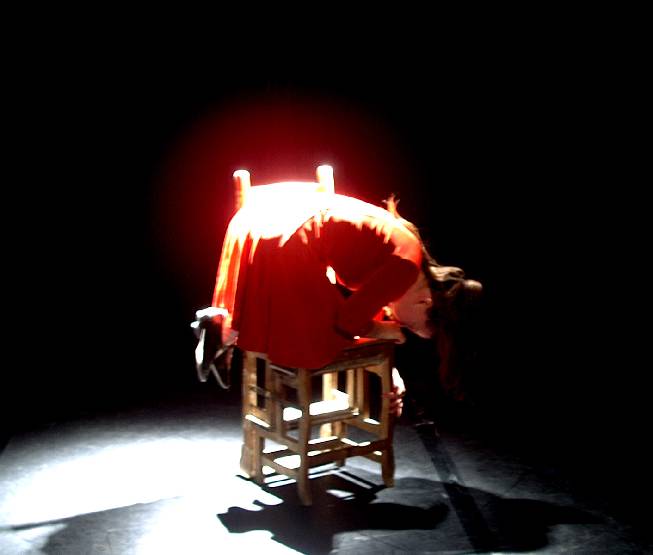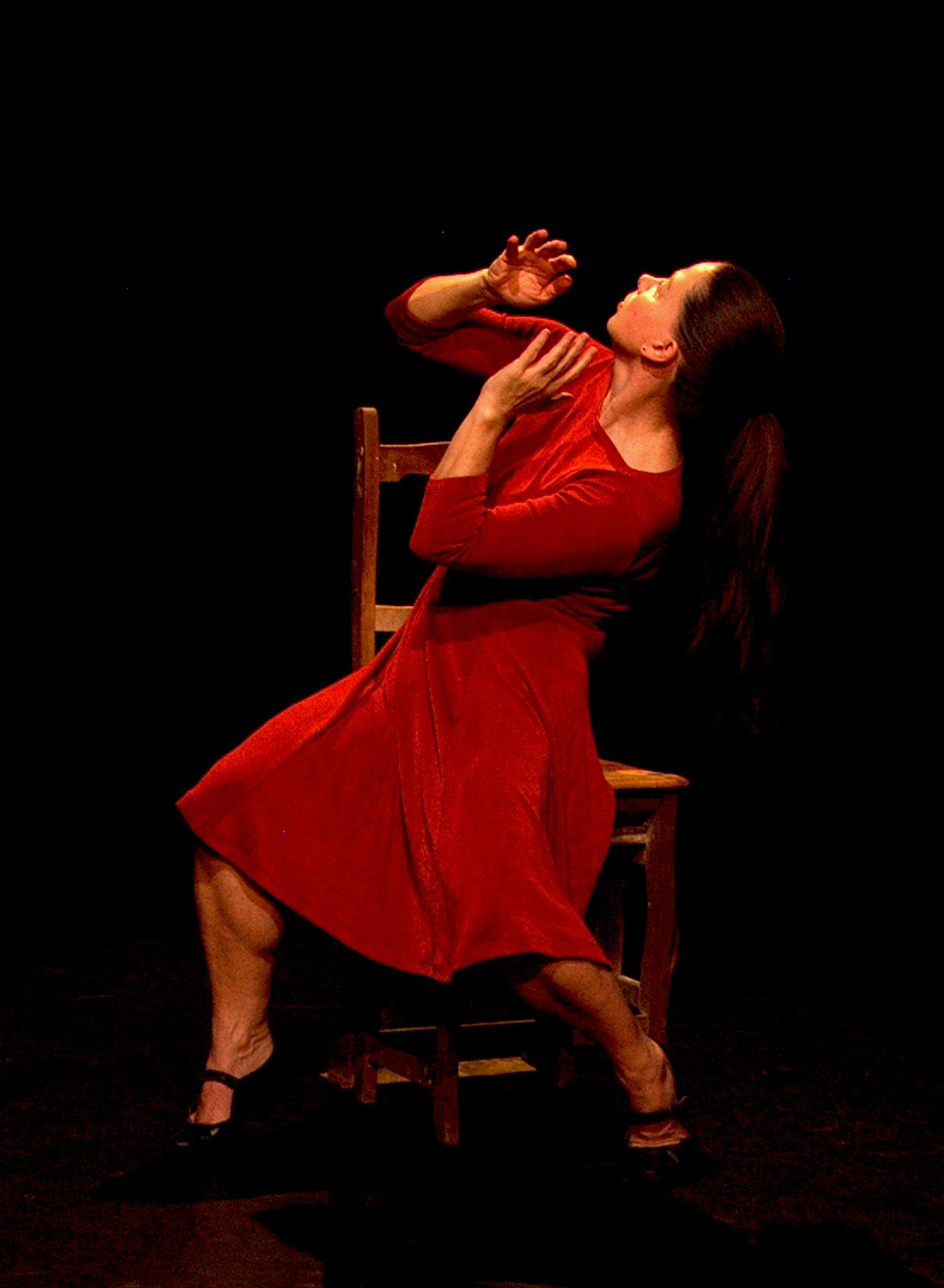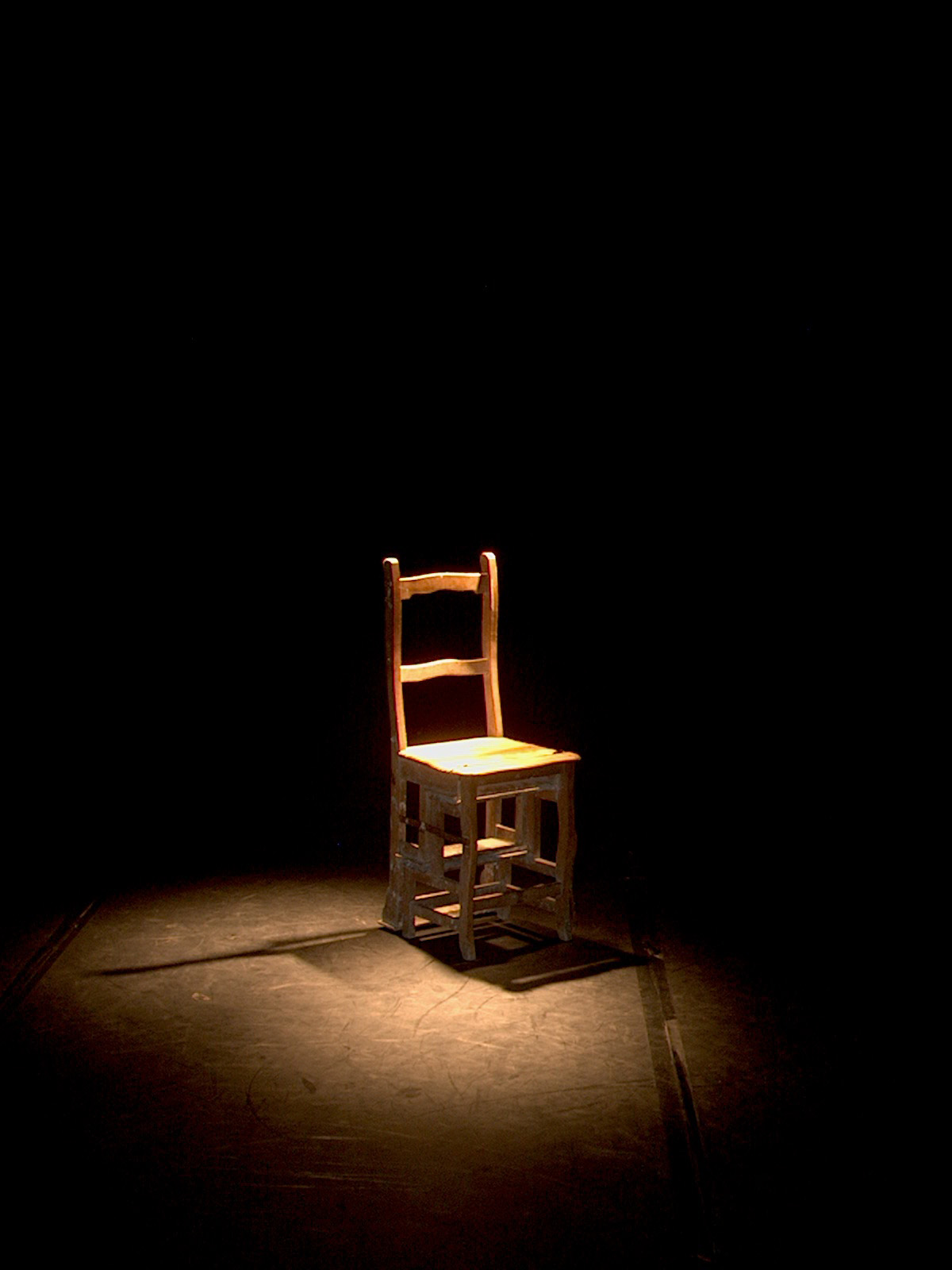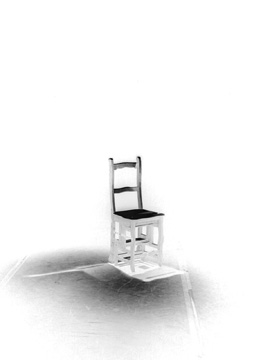Written from the perspective of a nine year-old girl, “The World is Round” explores the complex interplay of the language of Gertrude Stein with an infantile vocabulary. The aesthetic is a cubistic diction playing with fractured morsels of babbled words and images expressing a turbulent imagination. In search of her own identity, Rose discovers a magical and infernal circle of the world. “A rose is a rose is a rose is a rose….”
The labyrinth of images created by Stein compliments the poetics of movement of corporeal mime. The play creates a dialogue between the real and the imaginary, the internal and external worlds, through variations of simple elements. As both the sculptor and the sculpture, the play exposes this paradox of reality.


